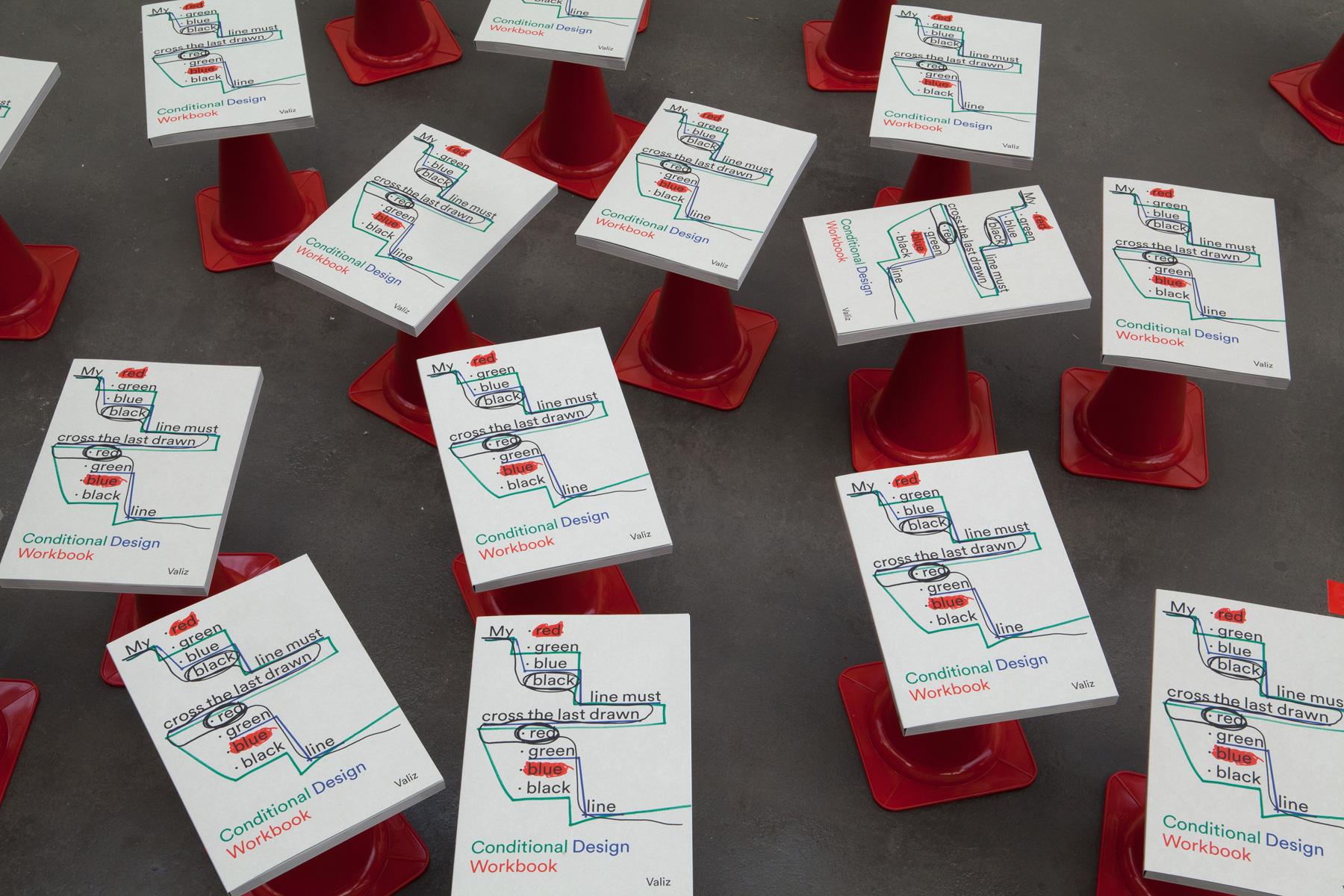This means work is hard to classify and Hybrid design/ products now exist.
very changing interactive music video( e.g. hacktivist) Is an example of a difficult piece to classify.
- Moniker's- "do not touch"
Stay in the green zone. perimeter is designed and structured, internet protocols orchestrated and set up beforehand. Mouse pointers prove the animation, so is a semi controlled animation, with prompts and participation.
- Moniker's- "hey lines"
https://studiomoniker.com/projects/out-of-line
recorded drawings, people use any opportunity to have their interactive input, even if this shows rebellious attitude. Technological centricity. Stretches boundaries of what animation and graphic designers can do.
- "3d draw structure"
structured rules with conditions, but the freedom to be playful with these exercises. Emphasis on the collaborative, and expanded design they can produce. Part of the "conditional design workbook". Seemingly uncontrolled outputs, but each person involved is coordinated to achieve the right aesthetic.
- Universal Everything- simplistic, paired back design. Almost anti-deign/ default design perspective. Reductionist response to postmodernist, as went for default font and weren't modern or postmodern perspective followers. Minimal but not flush pieces of design with hybrid work (including performance). More corporate, higher budget, more prestigious clients but similar ethos to moniker.
- surface production- portraiture- uses lines to vaguely outline a persons face.
- boundary challenging work (but not necessary shocking). Innovative.
- "what is graphic design for" Alice Twemlow. 2000's
- functional design thinking, graphic design is a language communication with several purposes and not simplistic.
- can be clear or complex, it has that broadness of meaning.
- audience= people, passerby, viewer, reader, users, receivers, participants, players, communities, inhabitants, consumers, customers, subscribers, clients, interactors.
- can be in small local communities, or larger more global consumers.
- e.g. site specific designs such as new York- designs can focus on the grid like new York city mapping has. (Shakespeare in the park- Scher)
- e.g. larger consumers connected with global offices and the introduction of a laptop.
- the designer is 'multiple' they have multiple roles. and an expectation for collaboration, as cross disciplinary design requires more than person.
- e.g. core team is then expanded by freelance or buying outsourced expertise.
- or two agencies can collaborate and roles tend to merge.
- transdisciplinary (open, try a new role)
- clothing, music labels, production lines, publish magazine, blogs, web design, furniture, open galleries etc. (this should be embraced, as valuable to keeping creativity alive.)
- Bruce Mau- Institute without boundaries
- interdisciplinary (work as a team for all roles filled)
- Andrew Blaurvelt "hippy modernism" 60/70's
- e.g. metaphor of American Werewolf in London.
- contorting of the figure- inner turmoil and difference
- were the hippy and the modern opposed or compatible.
- really comes down to technology
- counter cultural groups use technology in weird ways
- mobile, gypsy like structures built, with natural materials
- e.g. radio built out of natural materials. The communication and connection brings people together. Bauhaus like the communication- but it has a trash aesthetic that doesn't fit to their sleek standards.
- transformation of modernist through an encounter with it hippie other.
- Fuller- deodistic dome, formal, geometric, but temporary structures,
- Cranbrook design trip- you wouldn't think hippie style would any way link to modernise.
